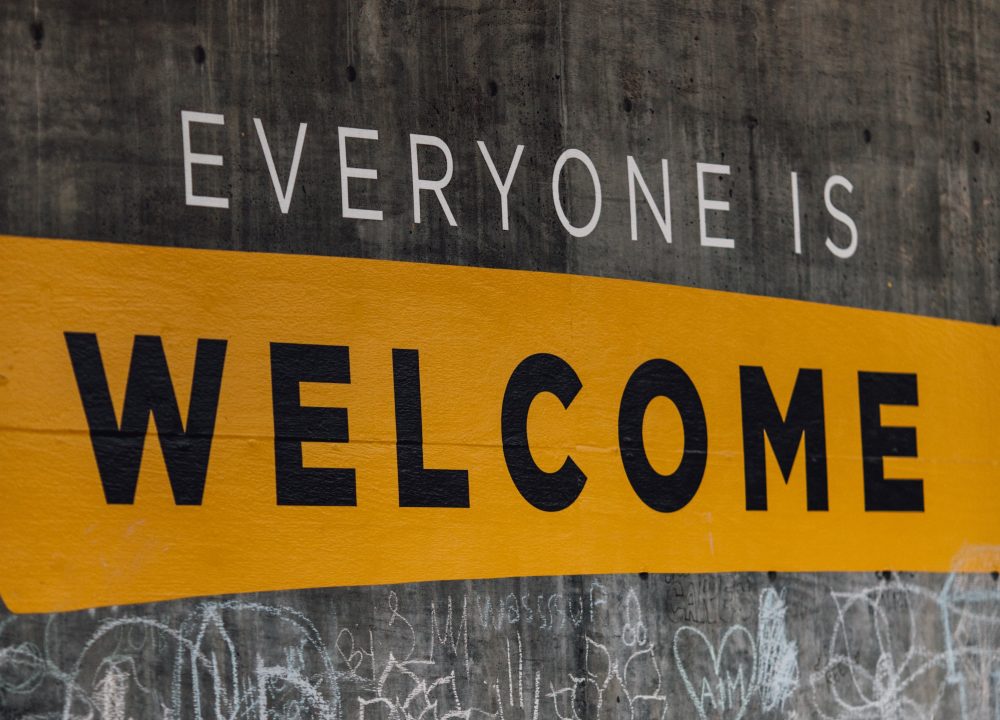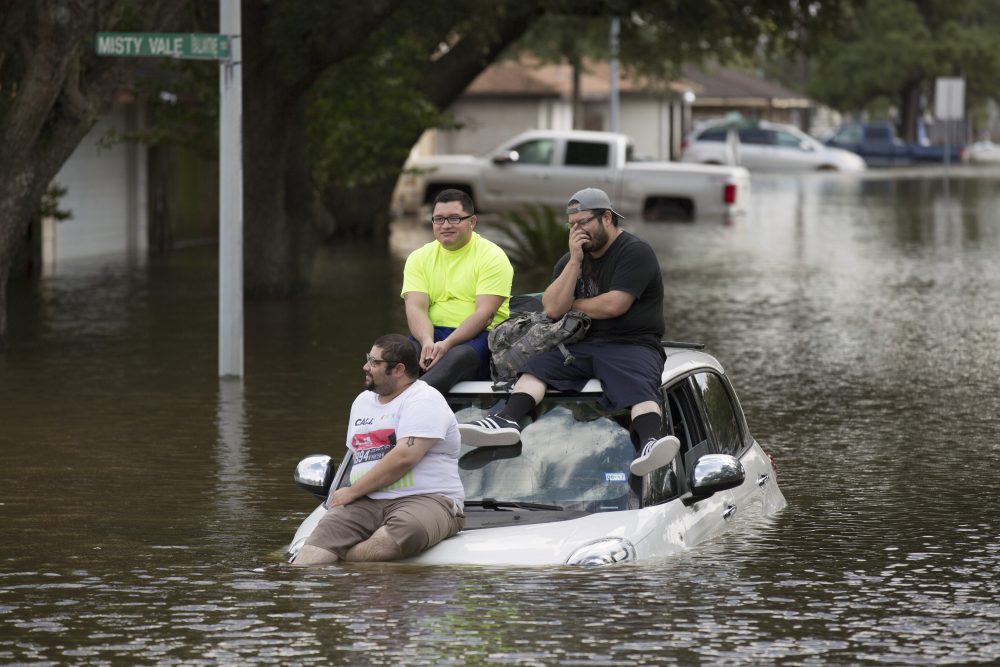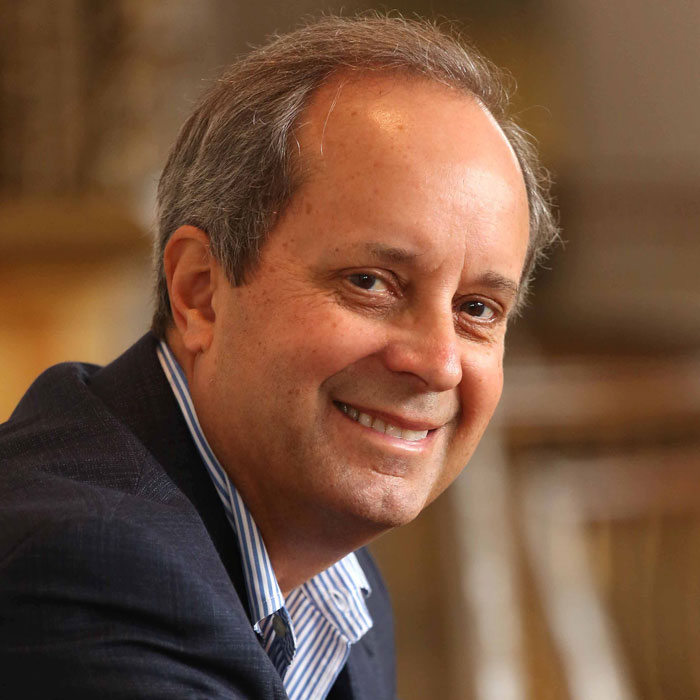Actions Have Consequences
Actions have consequences. Sometimes the consequences are unintended. At worst, they are not even considered. Here at the Center for Disaster Philanthropy (CDP) we have been spending time and energy thinking through what we do – and how we do it – in order to evaluate whether our actions result in the consequences we intend […]

Actions have consequences. Sometimes the consequences are unintended. At worst, they are not even considered.
Here at the Center for Disaster Philanthropy (CDP) we have been spending time and energy thinking through what we do – and how we do it – in order to evaluate whether our actions result in the consequences we intend for them.
One of our intended actions as an organization is to “help vulnerable populations.” This has been one of our commitments from our inception and has been a major focus of our grantmaking. It is set out in our vision: “A world where donors strategically plan for and respond to disasters in order to minimize their impact on vulnerable populations and communities.”
Who is considered part of a “vulnerable population?” And what is the best way to help them?
Consider this example. An NPR investigation found that “across the country, white Americans and those with more wealth often receive more federal dollars after a disaster than do minorities and those with less wealth. Studies by sociologists, as well as climate scientists, urban planners and economists, suggest that disasters, and the federal aid that follows, disproportionately benefit wealthier Americans. The same is also true along racial lines, with white communities benefiting disproportionately.”
When FEMA employees developed disaster reimbursement policies years ago, my hunch is that they were focused on how to best help people recover from disasters, with a heavy emphasis on protecting “taxpayer risk.” Were they thinking of housing ownership patterns? Or neighborhood wealth patterns? Or who typically lives in vulnerable geographical areas? As NPR observes: “Federal aid isn’t necessarily allocated to those who need it most; it’s allocated according to cost-benefit calculations meant to minimize taxpayer risk. Put another way, after a disaster, rich people get richer and poor people get poorer. And federal disaster spending appears to exacerbate that wealth inequality.”
Researchers Junia Howell and James Elliott recently reported in another study: “The more FEMA aid a county receives, the more unequal wealth becomes between more and less advantaged residents, holding all else constant, including local hazard damages.”
At an international level, the challenge is even greater. Poor countries are not only more vulnerable to climate change issues, they have fewer resources to do something to mitigate the disaster or recover afterwards.
According to a new report from the U.N., “hunger is growing and the world is not on track to end extreme poverty by 2030, mainly because progress is being undermined by the impact of climate change and increasing inequality.”
One step we have taken here at CDP is to work with 14 foundations and corporations on how to bring more decision making to the local level. As Kim Maphis Early reported in a CDP blog, this effort aims to “return local actors, whether civil society organizations or public institutions, to the center of the humanitarian system with a greater role in humanitarian response.”(Time to Let Go) Those on-the-ground conduct program planning and management, allowing them to use their local knowledge, history and connections to develop services that are compatible with the cultural, socio-political and economic climates of the places that they serve, giving communities a more holistic recovery.”
Another step we are discussing at CDP is how to improve the way we serve vulnerable populations in our grantmaking work. A seminal book on disaster vulnerability (Piers Blaikie, et al., 2003) provides the following definition: “By ‘vulnerability’ we mean the characteristics of a person or group in terms of their capacity to anticipate, cope with, resist, and recover from the impacts of a natural hazard. It involves a combination of factors that determine the degree to which someone’s life and livelihood is put at risk by a discrete and identifiable event in nature or in society.”
We will be considering four categories of vulnerability:
- Environmental – Proximity to hazard-prone areas (including risk of fire, flood, hurricanes, earthquakes, drought etc.), climate change, management of natural resources.
- Physical/Built Infrastructure – Construction of buildings and infrastructure, land use management, proximity to environmental hazards.
- Economic – Uninsured, vulnerable rural livelihoods, community dependence on a single industry (e.g. agriculture or tourism), un/under employment, globalization.
- Social – Demographic and social characteristics, inequality, social exclusion and discrimination, marginalization.
As we think about our future grantmaking, we will be giving greater consideration to the needs of vulnerable populations and trying to make sure that our grantmaking actions have consequences that truly make a difference. I would be interested in your thoughts. How is your organization changing its grantmaking? What suggestions do you have for CDP?
We will be exploring this issue in the context of immigrant communities.
Please join us today (July 11, 2 p.m. ET) for our webinar, Funding for Immigrant Communities Post-Disaster, part of a series we are hosting with Grantmakers Concerned with Immigrants and Refugees and Houston Immigration Legal Services Collaborative. The conversation will focus on how private philanthropy can ensure funded organizations are truly addressing the identified needs of immigrants and building equity in the disaster recovery. Register here.
More like this

Addressing the Unique Needs of Immigrants Before, During and After Disaster

